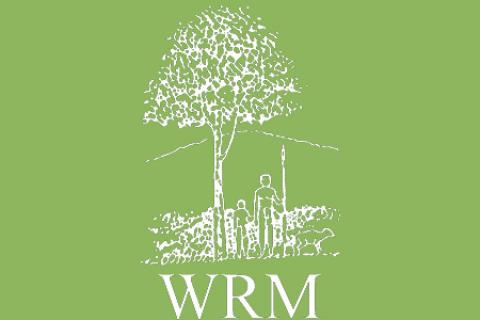The Batwa (often described as “pygmies”) are widely regarded as the original forest-dwelling inhabitants of the Equatorial forest in the Great Lakes Region comprising Uganda, Burundi, Rwanda and the Democratic Republic of Congo. In Uganda, they lived in the forest of the Mufumbira Mountains in the South West. They were hunter-gatherers that relied on the forests for their livelihood and found in the forests the sustenance for their spiritual and social life.
Bulletin articles
Between 24 and 28 March 2009, in Heredia, Costa Rica, the World Rainforest Movement (WRM) brought together civil society organisations from around the world to address the subject of climate, forests and plantations and their interrelations with local communities.
The UN Food and Agriculture Organisation has long worked on behalf of the plantation industry. One of FAO's strategies to support the spread of monocultures is to pretend that industrial tree plantations are forests.
Up to last year, the Forest Stewardship Council had certified 8.6 million hectares of industrial tree plantations despite ample evidence regarding the social and environmental unsustainability of large scale monoculture tree plantations.
WRM has produced four new briefings intended to serve as tools for action.
In his novel “The Invisible Man”, H.G. Wells tells the story of a scientist who succeeds in making himself invisible, and the problems that unfold as a result.
In real life, women have been struggling for many years against the problems caused by the social invisibility to which they are subjected, in which most of the work they do is equally invisible and greatly undervalued.
Vast areas of land where diverse and rich ecosystems predominate are being replaced with large scale tree plantations in the South. These plantations –whether eucalyptus, pines, rubber, oil palm or other- are resulting in serious impacts on local communities, who see their ecosystems and livelihoods destroyed to make way to industrial tree plantations. Apart from affecting communities as a whole, they result in specific and differentiated impacts on women which translate in their disempowerment.
Oil palm production is increasing in Papua New Guinea, a country where 97% of the land is communally owned and most of its 5 million population still lives in the rural area and rely on subsistence farming for their livelihoods. The palm oil produced is mostly exported to the EU with the UK, Italy and the Netherlands being the main markets.
A hidden large-scale scheme
“I don’t want money. I want my land back…if they give me one million Naira [the local currency] today, I will still go broke, but if I have my land I can always farm to take care of my family and possibly pass the land on to my children.”(Woman from Iguoriakhi)
World consumption of paper has exploded over the past 50 years. Only about 1/3 of paper production is used for writing and printing paper, most of it is used for advertising. And almost half of all paper produced is used for packaging.
One of the consequences of climate change is the increase and aggravation of natural phenomena such as droughts, floods and storms. To make matters worse, the consequences of the current human-induced climate change are further aggravated by a number of destructive activities, among which we will focus on two: deforestation and monoculture tree plantations.
The Chocó is a biogeographical region that forms part of the neotropics (meaning that it contains the largest area of tropical rainforest). Its high rainfall levels, tropical temperatures and isolation have helped make it one of the world’s most biologically diverse regions as well. In Colombia it encompasses the Pacific Coast region and, among others, the department of Chocó, located between the jungles of Darién and the basins of the Atrato and San Juan Rivers.
